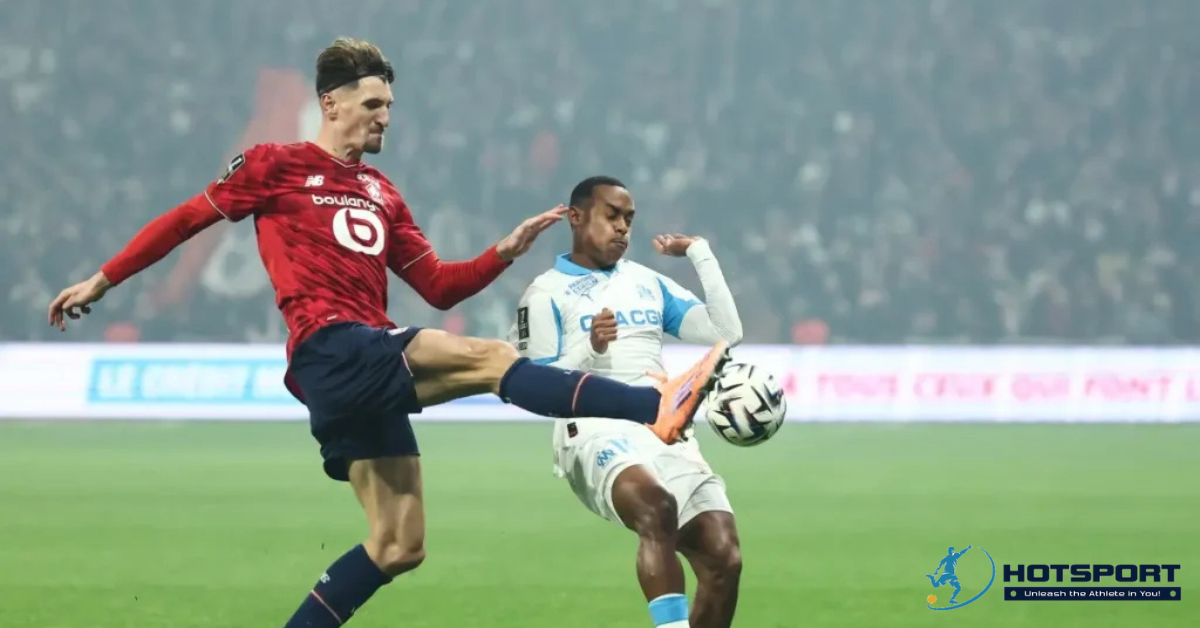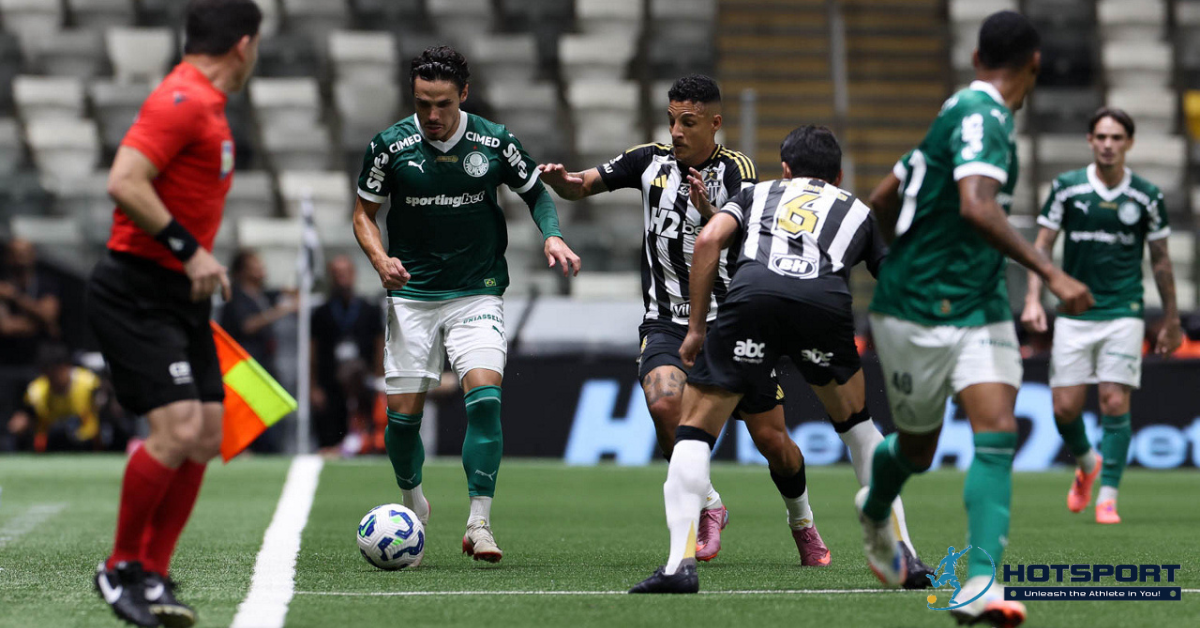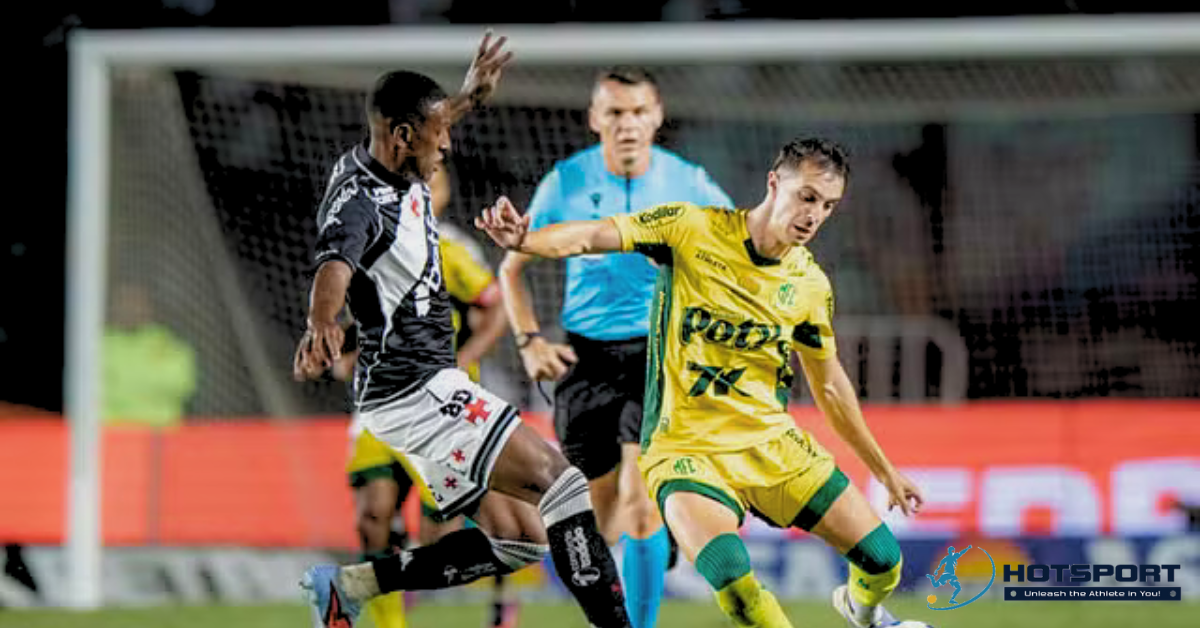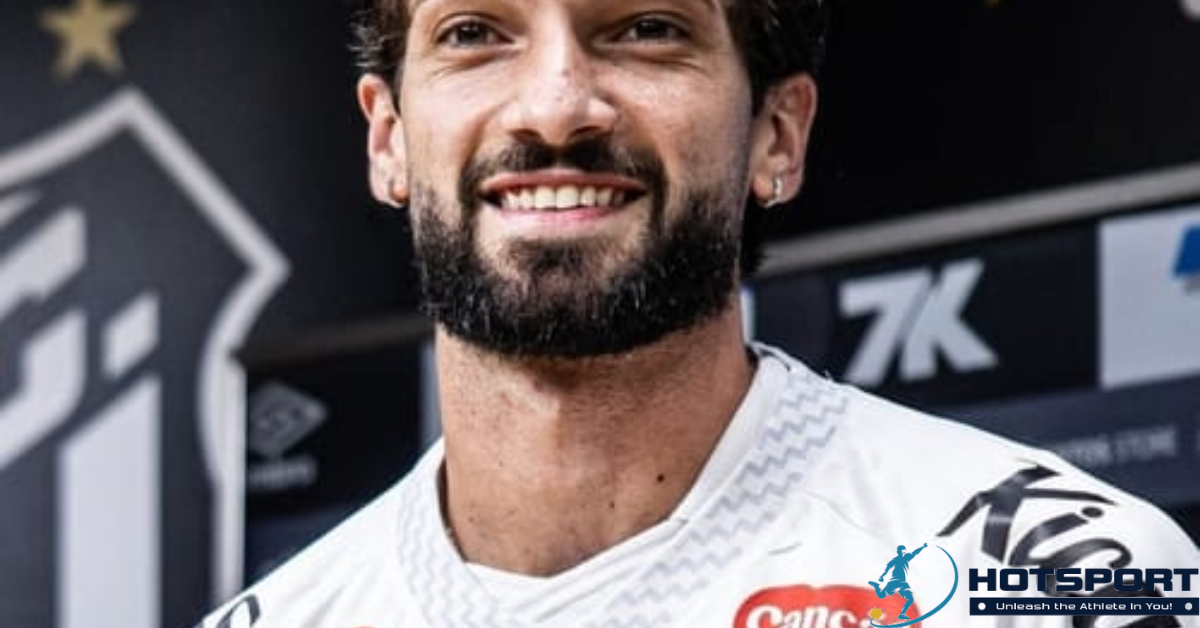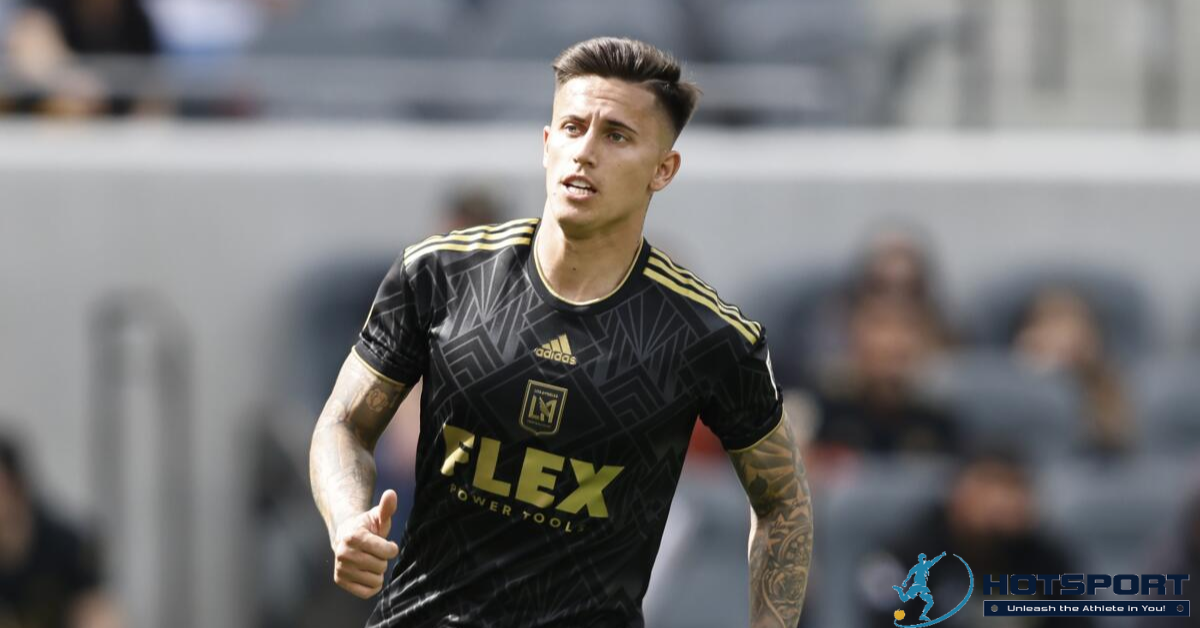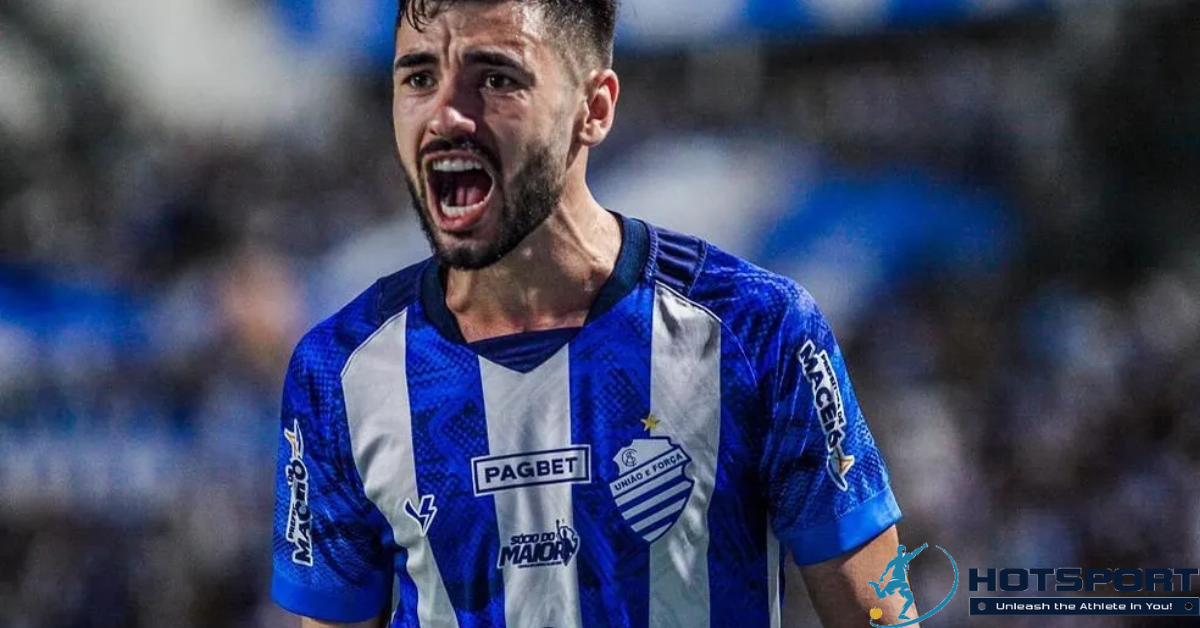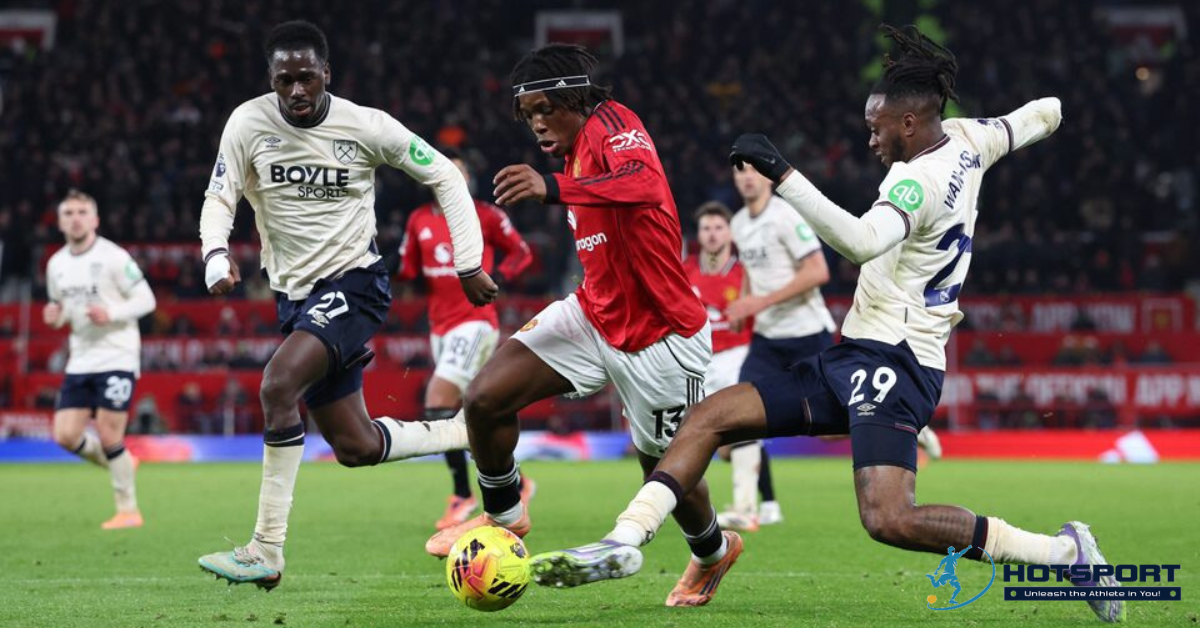Jalen Williams is one of those players who enters the league as a pleasant surprise and quickly becomes indispensable. With his on-court versatility, rock-solid defense, and ability to impact every facet of the game, he has shaped the future of the Oklahoma City Thunder. Born in 2001, Williams represents the new generation of athletes who combine tactical intelligence with explosive physical gifts. In an era where basketball demands constant adaptation, his journey inspires young players worldwide. This article dives into the life and career of this American wing, showing how he evolved from a modest recruit into a cornerstone of a championship team.
Family Roots and First Steps in Basketball
Jalen Devonte Williams was born on April 14, 2001, in Denver, Colorado, but his childhood was forged under the blazing Arizona sun. At age seven, his family moved to Gilbert, a suburb near Phoenix, where basketball instantly became his passion. Raised by parents who valued education and athletics, Williams grew up in an environment that prized discipline. His father worked various jobs, while his mother focused on the family, always pushing him to chase limitless dreams.
Sports were part of daily life from the start. At eight, he joined the local Sting team, training at the Boys & Girls Club in Guadalupe. On those makeshift courts and in regional tournaments, Williams learned the fundamentals. He was skinny, barely 5’7″, and played point guard—dribbling with agility and dishing precise passes. Then came the growth spurt: between his sophomore and senior years of high school, he shot up six inches, turning into a 6’6″ wing. That physical transformation was pivotal, allowing him to add mid-range jumpers and powerful drives to his arsenal.
The Williams family always emphasized balance. Beyond basketball, Jalen played football and competed in track, building coordination and endurance. “I never thought I couldn’t make it big,” he said recently, reflecting on those early years. That resilient mindset would become the foundation for bigger challenges.
High School Breakthrough: From Point Guard to Prospect
At Perry High School in Gilbert, Arizona, Williams found the perfect stage to shine. As a freshman standing only 5’11”, he was viewed as a promising guard but not a phenom. His coach noticed his ferocious defense—he guarded the opponent’s best player every night, forcing turnovers and stealing balls relentlessly. As his body caught up to his skill, he became an undisputed starter by junior year.
The numbers spoke for themselves: over 20 points per game as a senior, with efficient shooting and plenty of assists. Perry reached the state semifinals thanks in large part to his leadership. Off the court, he was the quiet kid who stayed focused on academics—he kept a high GPA and volunteered at community events. College recruiters took notice, but not as a five-star talent. He received offers from mid-major programs, and choosing Santa Clara University in California felt like the right fit. “It was a place I could grow without overwhelming pressure,” he later recalled.
College: Growth at Santa Clara
Arriving at Santa Clara in 2019, Williams faced the typical freshman transition: faster pace, tougher competition. Playing as a wing-guard hybrid, he started on the bench, but his defense quickly earned him minutes. In his tenth game, coach Jason Ludwig tasked him with guarding the opponent’s best guard—and Williams locked him down.
Over three seasons, he appeared in 84 games, averaging 12.6 points, 3.7 rebounds, and 2.9 assists. His efficiency stood out: 46.9% from the field and 35.2% from three. He earned All-WCC honors twice. In his final 2021-22 season, he exploded for 17.9 points per game, leading the Broncos to a rare NCAA Tournament berth. His mentor Ludwig praised his obsession with improvement: “He put in extra work, studied film, and was always the first in the gym.”
Williams surpassed 1,000 career college points—a rare feat for a mid-major player. His perimeter defense was elite, and his offense flowed naturally. Eligible for the 2022 NBA Draft, he declared, confident his ceiling was sky-high. Scouts compared him to versatile, undervalued wings like Mikal Bridges.
2022 NBA Draft and Immediate Impact with the Thunder
The 2022 Draft changed everything. Selected 12th overall by the Oklahoma City Thunder, Williams joined a promising rebuild alongside Chet Holmgren and Shai Gilgeous-Alexander. OKC saw him as a “connector”—someone who could guard multiple positions and contribute without forcing shots. His Summer League debut was quiet, but preseason practices revealed his potential.
In his 2022-23 rookie year, he played 75 games, averaging 14.1 points, 4.5 rebounds, and 3.3 assists. He earned All-Rookie First Team honors and adapted quickly to coach Mark Daigneault’s defensive system. He guarded wings and bigs alike, using his 6’10” wingspan. The Thunder finished with 40 wins, and Williams was the glue holding the young core together.
Evolution in Subsequent Seasons: From Prospect to Star
In 2023-24, Williams took another leap: 19.1 points per game with improved three-point shooting (34.4%). OKC reached the playoffs, and he shined in the postseason with 18-point averages. His chemistry with Gilgeous-Alexander was electric—perfectly timed passes and blistering transition play. Minor injuries tested him, but resilience won out.
The peak arrived in 2024-25. Averaging 21.6 points, 5.3 rebounds, and 5.1 assists over 69 games, Williams earned his first All-Star selection in January 2025. By season’s end, he added All-NBA Third Team and All-Defensive Second Team honors. In the playoffs, despite criticism for offensive efficiency in the Western Conference semis against Denver, he redeemed himself in the Finals. OKC won its first NBA title since 2012, with Williams as a cornerstone—averaging 20 points while guarding superstars like LeBron James. The championship ring at age 24 cemented his arrival.
Playing Style: Versatility in Action
What makes Williams special is his adaptability. As a small forward, he seamlessly slides between the 2 and 3 spots, mobile enough to chase quick guards or battle stronger forwards. His defense is instinctive—1.6 steals per game last season, plus more blocks than many centers. On offense, he’s highly efficient (48.4% FG in 2024-25), preferring drives and pull-ups over forced shots. His court vision makes him an underrated passer who creates space for teammates.
Critics point to three-point inconsistency (36.5%), but his work ethic fixes flaws fast. “I study the game like chess,” he says. In a high-pace Thunder system, Williams is the balance: he scores, defends, and leads.
Life Off the Court: Family and Legacy
Away from the spotlight, Williams is low-key. Single, he spends free time with family and visits Gilbert whenever possible. He supports basketball programs for underprivileged kids in Arizona and has become a community fixture in OKC through clinics and charity events. His five-year, $241 million extension signed in July 2025 provides long-term security—despite missing out on a bonus clause due to games missed.
2025-26 Season Updates: Triumphant Return
The current season began with a setback: right-wrist surgery (from a 2025 playoff injury) sidelined him for the first 19 games. Even without him, OKC started scorching hot—21 wins in their first 22 games through December 6, posting the best point differential in league history (+16.5). Williams made his season debut on November 28 against the Phoenix Suns: 11 points, 8 assists, 4 rebounds, 2 steals, and 1 block in 29 minutes of a 123-119 win.
He quickly found his rhythm. Against Portland: 16 points, 8 rebounds, 5 assists, 3 blocks. Against Golden State: 22 points on 16 shots plus 6 assists. Though he’s ineligible for postseason awards (having missed 18 games, falling short of All-NBA and extra All-Star criteria), his impact is immediate. With OKC’s payroll swollen by extensions for Gilgeous-Alexander and Holmgren, Williams remains the future. Injuries test the roster’s depth, but his mindset—“correct course at the end,” as he said after the Warriors game—inspires everyone. With OKC eyeing a title repeat, Williams is on pace to eclipse 20 points per game by season’s end.
Jalen Williams’ Bright Future
Jalen Williams isn’t just a player—he’s a symbol of perseverance. From a skinny kid in Gilbert to NBA champion, his journey proves the mid-major path can lead to the very top. At 24, he has years ahead to stack more rings and accolades. Alongside OKC’s unbeatable core, he’s ready to dominate the West for a decade. For basketball fans worldwide, especially in Brazil, Williams represents an achievable dream: talent, hard work, and perfect timing. His impact goes beyond stats—he builds legacies. And as 2025 rolls on, the basketball world can’t wait for the next chapter of this rising star’s story.



